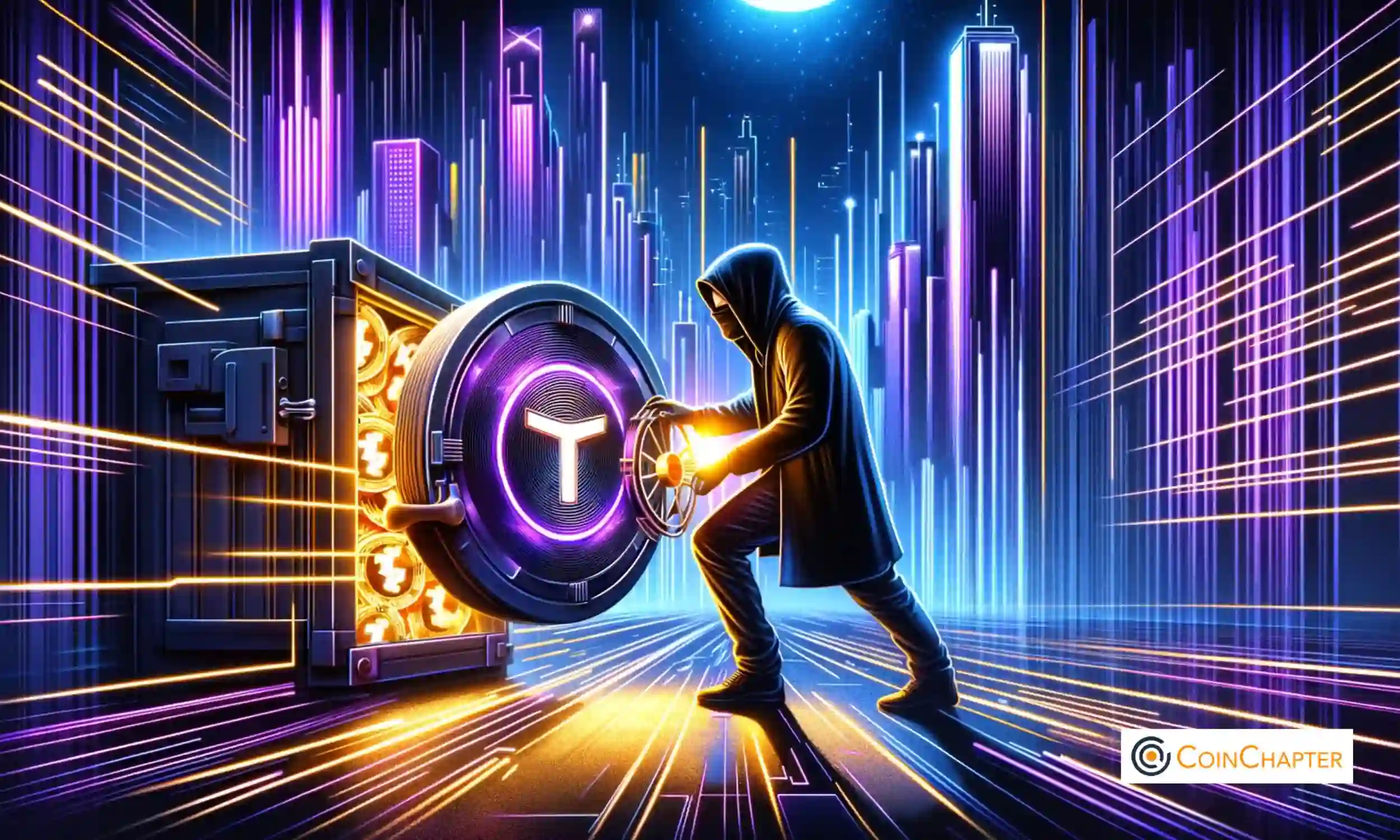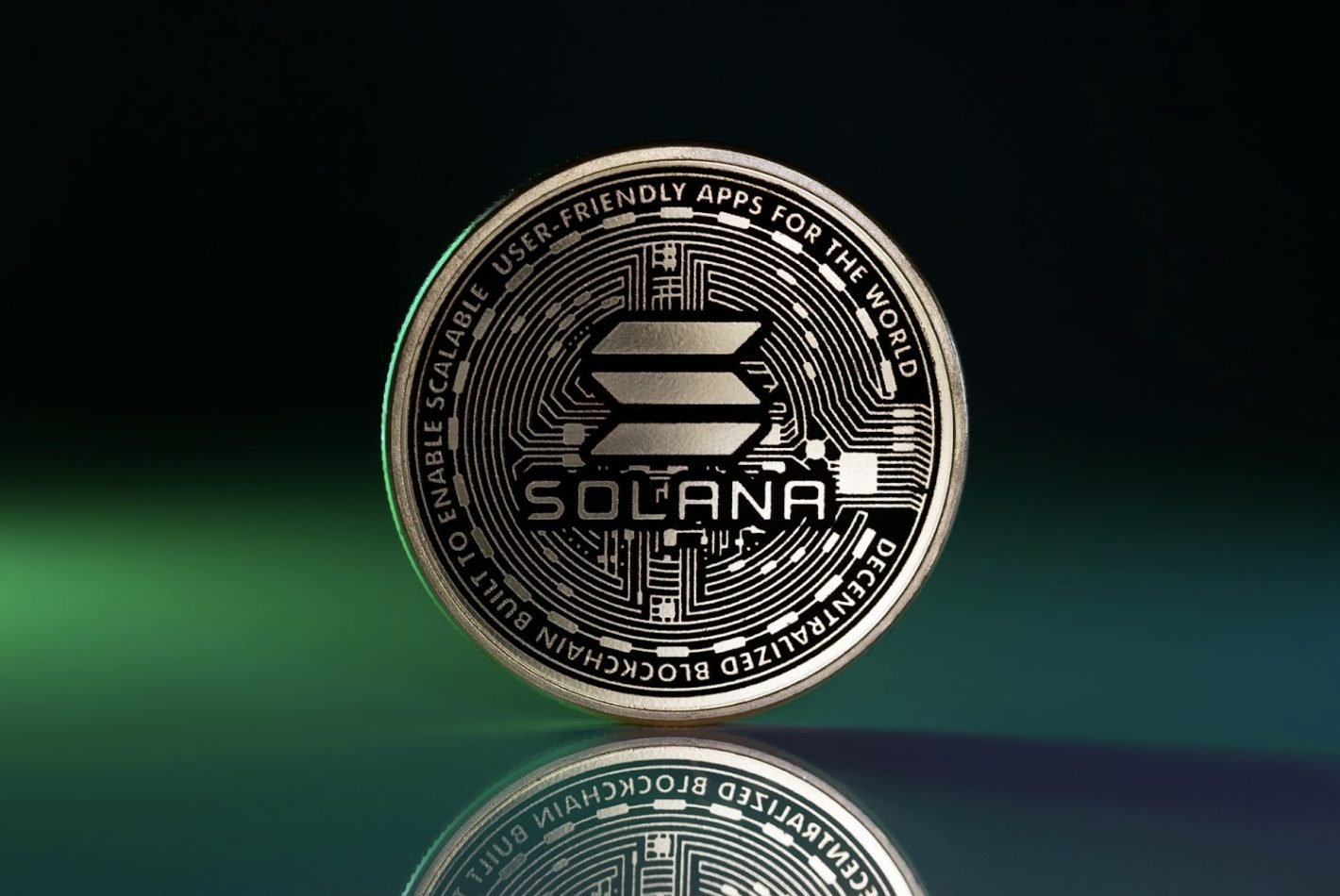[ad_1]
There is one detail about the crypto market crash that has received far too little attention: not a single DeFi platform was affected. It’s hard to tell how big it is.
DeFi is short for “Decentralized Finance” and usually means financial services executed via smart contracts on a blockchain. They played a very special role in the current crypto crash that is far from fully understood.
Contagion effects
First, it all started with a DeFi: the Terra Dollars on the Terra blockchain lost parity with the dollar, after which the value of the blockchain’s native tokens evaporated. That was the initial moment that triggered a cascade of effects.
First, the hedge fund Three Arrows Capital (3AC) went bankrupt. 3AC had apparently invested heavily in Terra and other plummeting cryptocurrencies with outside capital. From 3AC, contagion spread to lenders such as Celsius, Voyager, BlockFi, Nuri, and Blockchain.com. These are platforms that either lent their own capital or that of their clients.
Some of these platforms are now facing bankruptcy themselves. Many users who have lent capital through them will probably never see it again.
The parallels to the global financial crisis of 2007
In principle, the same thing happened as in the 2007 financial crisis, which began and escalated with the bankruptcy of the Lehmann investment bank:
- a market is in crisis (real estate – crypto)
- a particularly daring segment of this market collapses (subprime securities – Terra)
- a fund or an investment bank that was over-invested in this segment with debt goes bankrupt (Lehmann – 3AC)
- and drags lenders and other actors with it.
This is probably one of the oldest stories in modern finance that keeps repeating itself.
But there is a second parallel: Lehmann was an important market maker in shadow banking . In this, assets are collateralized by repurchase agreements (repos) in order to grant loans. This is convenient but, as in the case of Lehmann, it can trigger cascading contagion effects.
3AC was also a market maker on the lending platforms in the crypto ecosystem. These do something very similar to shadow banking: they make loans that are backed by collateralized assets.
How traditional finance deals with contagion crises
It is one of the mainstays of modern finance to use assets such as real estate, precious metals or securities as collateral to borrow book money. This practice is probably indispensable, but can cause far-reaching damage through cascading effects.
This is why some institutions are considered “too big too fail”: they are too big to be allowed to fail because the contagion effects would be uncontrollable. So central banks or governments bail them out when the need arises.
However, this has an enormous price: profits remain private, losses are socialized. Highly toxic incentives arise. If the bailout overwhelms public finances, it can bring a country, such as Greece, to the brink of bankruptcy.
Actually, Lehmann would have been systemically important. But the US government was already being criticized at this point for having previously rescued the mortgage lenders Fannie Mae and Freddie Mac. So she let Lehmann go bankrupt. Then the world financial crisis broke out.
In traditional banking, the only way to stop cascade effects seems to be through bailouts. In order to prevent this from happening, financial institutions are being regulated more and more strictly, for example through higher equity ratios or guidelines for risk management.
However, these regulations come at a high price. It ties up considerable human resources in finance and in the public sector, which do not create any (direct) added value, but rather implement and monitor the regulation. Complete regulation is neither possible nor can it rule out future crises.
The breakwaters in the cryptocurrency ecosystem
In the crypto ecosystem, two major exchanges, Binance and FTX, act as saviors. The two companies support numerous tumbling platforms and are in negotiations with many more. They use their ample reserves to be a sort of central bank in the crypto market.
In the current crisis, however, a second, less conventional breakwater has emerged. The DeFis.
There are two types of lending platforms in the ecosystem: CeFis, short for “Centralized Finance”. In principle, they are like classic banks, but accept cryptocurrencies as collateral for loans. The second type is DeFis: decentralized apps based on a smart contract.
In the course of the 3AC crash, numerous CeFis lost enormous sums of money. Among the DeFis, on the other hand, nothing was infected. Nobody who lent money to 3AC via DeFis did not get it back or have to go through legal process for it.
No one. DeFi not only seems to be resistant to the contagion effects – it seems downright immune.
DeFis are perfectly regulated
Well-done DeFis – and this is the whole point – CANNOT do the Lehman. They are based on a smart contract that only does what it is supposed to.
With good lending DeFis such as Maker, Compound or Aave, this means that a loan is always fully covered by collateral. If coverage becomes critical, liquidation occurs automatically and in good time.
Not all DeFis are perfect. There are certainly still weaknesses here and there in the setup through which contagion effects or cascading effects can trickle in. But from what we’ve seen so far, ALL major DeFis have weathered a 70-80 percent market crash with ease, while pretty much ALL CeFis have crashed into massive problems.
That has to mean something, doesn’t it?
Much of what triggers crises in traditional finance is impossible with DeFi. DeFis are perfectly regulated – because they CAN’T break the rules at all. They are perfectly transparent – because they CAN’T hide anything. Everything takes place in the public eye, and every single operation, without exception, obeys the rules.
A huge opportunity for the world
Well-done DeFis therefore stop contagion waves. They are the perfect breakwaters. They work more reliably than central bank bailouts without the negative effects.
It is far from possible to map everything with a DeFi. Banks, financial advisors, credit checkers, insurers and so on will continue to exist in the future. But some functions – such as shadow banking – can be completely or at least partially outsourced to a DeFi. They can – and they should! Absolutely!
Because DeFis can run central elements of the global financial infrastructure in a more regulated, transparent, solid, fair, stable and reliable manner. They would not fail because they are too big to fail—but because they CANNOT fail.
Is it like this, or is it different? You don’t know. However, it would be very disappointing if some central elements of the global financial system were not represented by a smart contract in 20 to 30 years. The world would have wasted a tremendous opportunity.
Post Views: 1,480
[ad_2]




